Stand in Saturday #2 Parenting 101
Hey again Steemians, last week we covered various Symbiotic relationships between Animals, in that post I mentioned that I would likely go over Parenthood in the Animal Kingdom, whilst also highlighting species that either deploy specific techniques or go to extreme lengths to ensure the continuation of their species, the idea entered my mind after reading Amavi’s previous post on Emperor Penguins which highlighted the incredible journey the Parents take in the harshest of environments. Alright, let’s get in to some parenting.
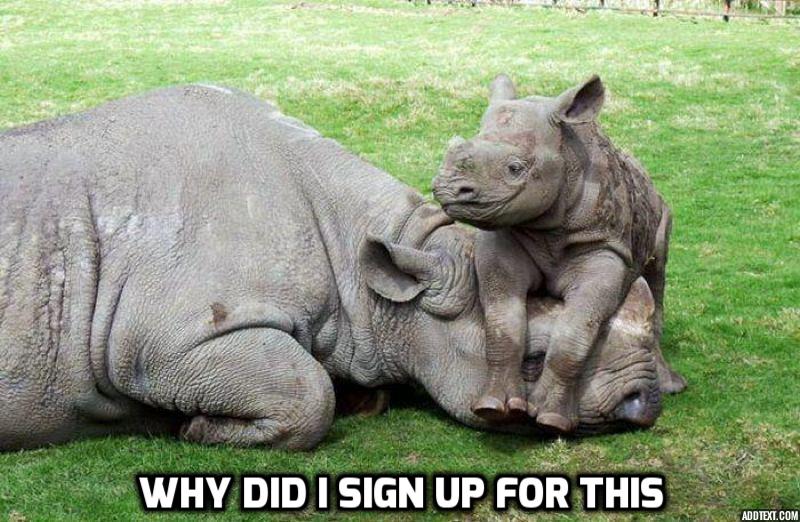
Parental Care in the Animal Kingdom
When considering the entire Animal Kingdom, most species do not actively care for their offspring after they’re born, for instance parental care in Reptiles, Insects and Arachnids is uncommon, in fact many species in this category completely abandon their eggs after laying them and wouldn’t think twice about eating them if they encountered them after hatching. In Fish, parenting is less rare and occurs in roughly 50% of bony Fish species, most Fish will solely guard their Eggs and leave their Fry to compete independently once they've hatched.
Rarities aside, parental care is mostly common in Mammalian and Avian species, in fact to my knowledge there aren’t any species in this category that do not actively care for their young (other than Parasitic Brooders who lay their eggs in other Birds’ nests to avoid Parenthood), please correct me if I’m wrong. In Mammals this is because the female produces Milk, therefore it makes logical sense that their Offspring would be reliant on parental care. In Birds the reason is not entirely linked in a biological sense, but mainly a resulting phenomenon of dependence, as most Chicks do not hatch with any ability to hunt, fly or defend themselves in any way, they are quite simply easy targets for predators if left to their own devices.
Uni-Parental and Bi-Parental Care
A new-born Mammal/Bird will require two things from its parent, shelter/protection and food/water, many species of Mammal can feed their young for periods of time relying solely on their own fat reserves to produce nutritious Milk, this is regularly observed in hibernating/migratory species such as Bears and Whales. Being able to produce Milk also results in most Mammal species being uni-parental, meaning that only one parent will be present for the upbringing of the offspring, obviously this is not true of herd and pack Animals where a dominance hierarchy system can spread the care of the young, all in all roughly only 5-6% of Mammals partake in Bi-parental care, there are many deadbeat dads in the world of Mammals.
On the other hand, over 80% of Bird species are Bi-parental, and there’s a specific reason for this, most Bird species utilise sedentary care in that they lay their Eggs in a Nest, the Eggs hatch and then the Offspring stay within the Nest until they have matured and can forage for themselves, the exception to this are precocial Birds such as Ducks, Geese and Chickens that can leave their nest after just a few hours but are still dependent on parental protection.
As Birds cannot produce Milk, their offspring are reliant on hunted or gathered food for sustenance, they do not have a means to store food for long periods of time so must therefore hunt regularly after the Chick has hatched to ensure it is well-fed, this means they will have to leave the nest, if Birds were Uni-parental this would leave their chicks open to predators and very few Chicks would reach adulthood. Working as a pair allows one parent to hunt whilst the other protects the nest, this also leads to Bird species making for far more romantic reading as over 80% of Birds are monogamous and mate with one partner for life.
Parenting's a Risky Business
The Cheetah on the other hand is categorically a predator, though they are far from Apex, as such many species in Africa view Cheetah Cubs as an easy meal, their mothers slender frame and solitary existence mean any pack animal or large predator, including a male Cheetah, will not hesitate to take a chance on the Cubs, this leads to the survival rate of Cheetah Cubs being under 30%, in captivity this rises to 80%.
Other parents have a different issue, it’s not their young that are at risk of predation, they themselves are regular targets and their young depend them avoiding death, this fact rings true predominantly for small mammals and most Bird species, a good example of this is Burchell’s Sandgrouse.
Living in the Kalahari Desert the immediate issue they’re presented with is keeping their young hydrated, watering holes are few and far between and attract a whole myriad of possible predators, nesting nearby is not an option so instead they nest tens of miles away from any possible interactions. The male then flies up to 100 miles per day to collect water, which it holds in specially adapted feathers located on its undercarriage, once at the watering hole the male is open to Birds of prey and land dwelling predators whilst he stands ruffling his feathers to gather water, his offspring will 100% perish if he is killed, he is aware of this and he will continue this dice with death for up to two months.
Watch and Learn, Kid
Another important factor in successfully rearing young is the ability to prepare them for the open world as either independent animals, or valued and productive members of the family.
Mammals are completely different in their approach and this is mainly because their offspring are regularly close by and can observe and replicate their parents’ actions, in some pack animals and carnivores a parent will actively teach their offspring by repeating tasks on a live target, a sadistic outlook for the prey for sure, but a valuable life lesson to the aspiring young. This method of teaching is more prevalent in animals that exhibit complex social structures such as Primates, Elephants and Dolphin species.
One of my favourite examples of this can be observed in the hunting techniques and execution of tasks by pods of wild Orca when a calf or adolescent is present. Observational learning is present in all members of the Dolphin family, and with Orca being the largest members of this family they are no different, in fact they are arguably the most sophisticated hunters on Earth and they achieve this through embedding intelligence and teamwork into their offspring.
The prey seen in the video above, the Weddell Seal is another parent that directly teaches its young, within two weeks of birth she will be teaching her young how to hunt, navigate underwater ice channels and how to open air holes in the ice above, what’s more, she is never without offspring, her pregnancy lasts for 11 months and she will mate almost immediately after giving birth, imagine being constantly pregnant for a second, now feel sorry for the Weddell Seal.
The Ultimate Sacrifice
Some parents in the Animal Kingdom go as far as sacrificing their own existence to ensure their young have the best start in life, this is not a trait observed in Mammal or Avian species, instead it is limited to Insects, Arachnids, Cephalopods and Amphibians.
A much more poetic example of sacrifice is that of the Giant Pacific Octopus, in her lifetime she will only spawn once, she will lay about 100,000 Eggs, once the Eggs have been laid she will not leave their side for the next six months and will instead ensure that they are free from detritus and are well oxygenated. Of course, this routine prevents her from feeding and as such, by the time the Eggs are ready to hatch she will die in an altruistic blaze of glory, I’ll hand it over to Sir David one last time.
I hope you enjoyed reading this post, I will be starting my own blog in the next couple of weeks under the handle @trist though I will continue to help out Amavi with stand in Saturdays, if you enjoyed this post you may enjoy my previous post Stand in Saturday #1 Symbiotic Relationships.
Content sources:
- Astonishing Animal Parents
- Paternal Care in Birds
- Paternal Care in Mammals
- SandGrouse
- Bi-Parental Care and Monogamy
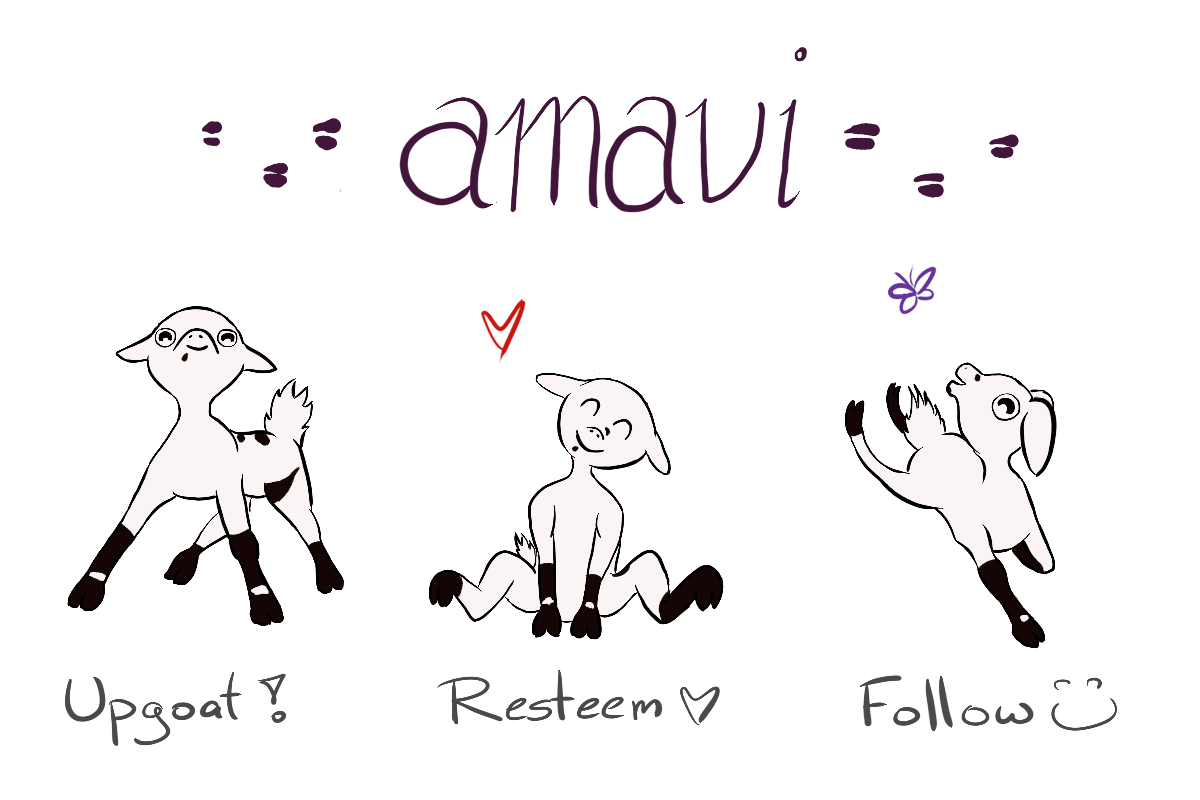

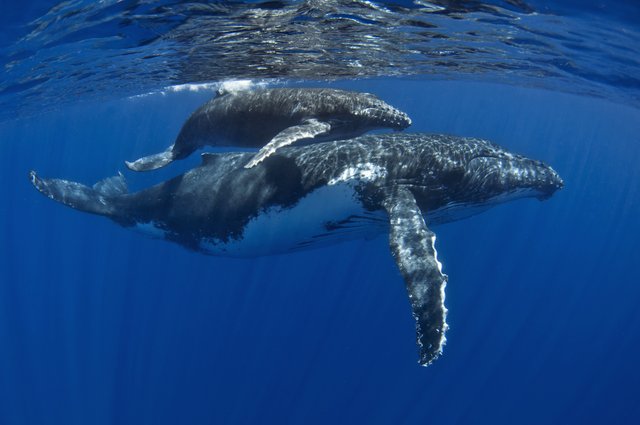
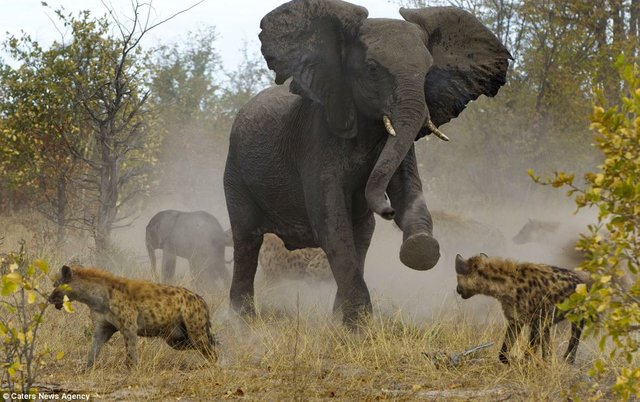

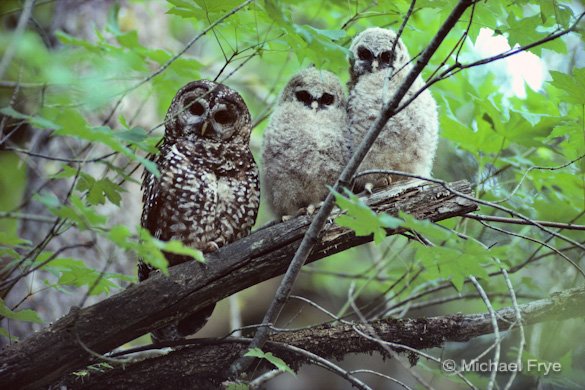
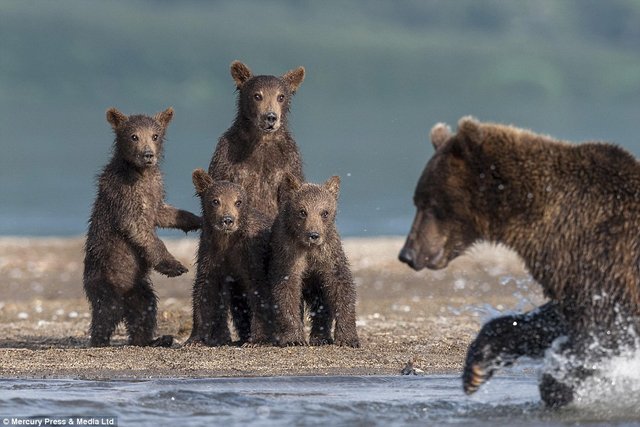
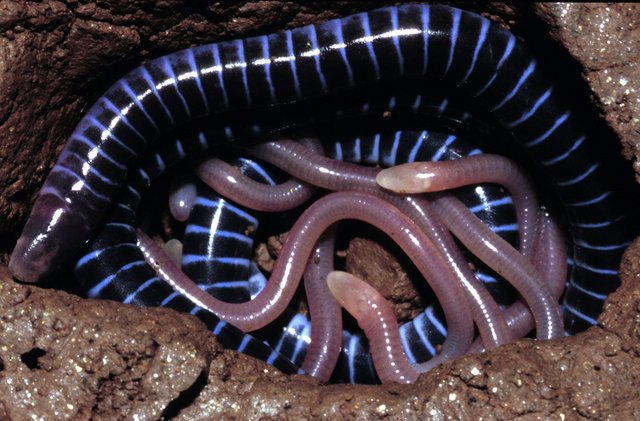
I loved this blog alot!
Thank you, I am really glad you enjoy it :)
Amazing little bear ))

@minnowpond has voted on behalf of @minnowpond.
If you would like to recieve upvotes from minnowponds team on all your posts, simply FOLLOW @minnowpond.
I have sent you sbd for a resteem on my latest post. Please can you action this :)
@originalworks
The @OriginalWorks bot has determined this post by @amavi to be original material and upvoted(1.5%) it!
To call @OriginalWorks, simply reply to any post with @originalworks or !originalworks in your message!
Nice article :)
Thank you very much!!
The pictures really make this post!=D
If you really like cute creatures check my latest post
I would much appreciate the support!
Resteemed by @resteembot! Good Luck!
Curious?
The @resteembot's introduction post
Get more from @resteembot with the #resteembotsentme initiative
Check out the great posts I already resteemed.